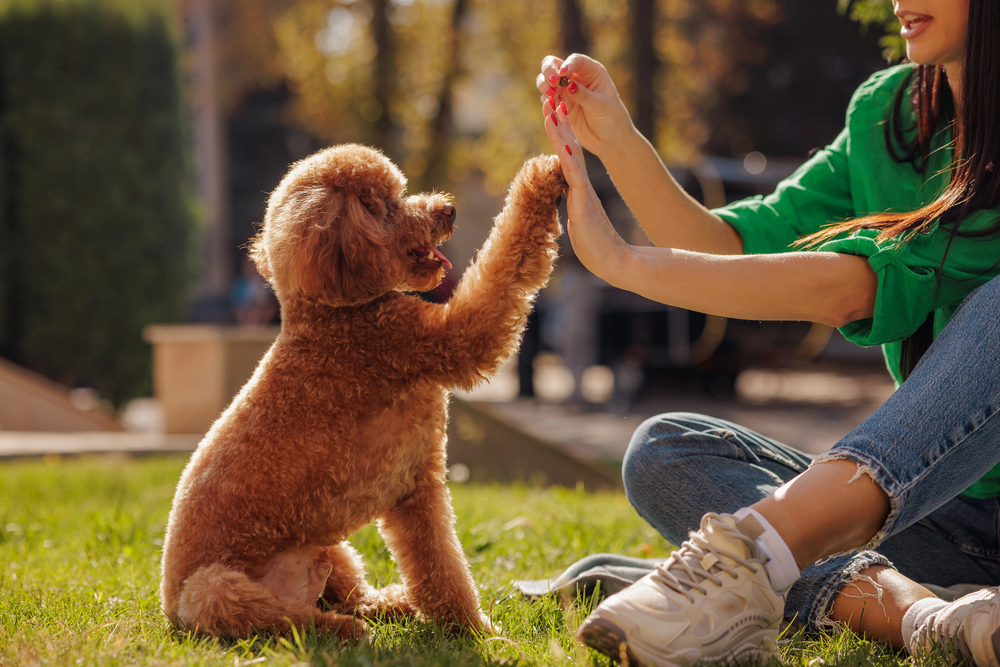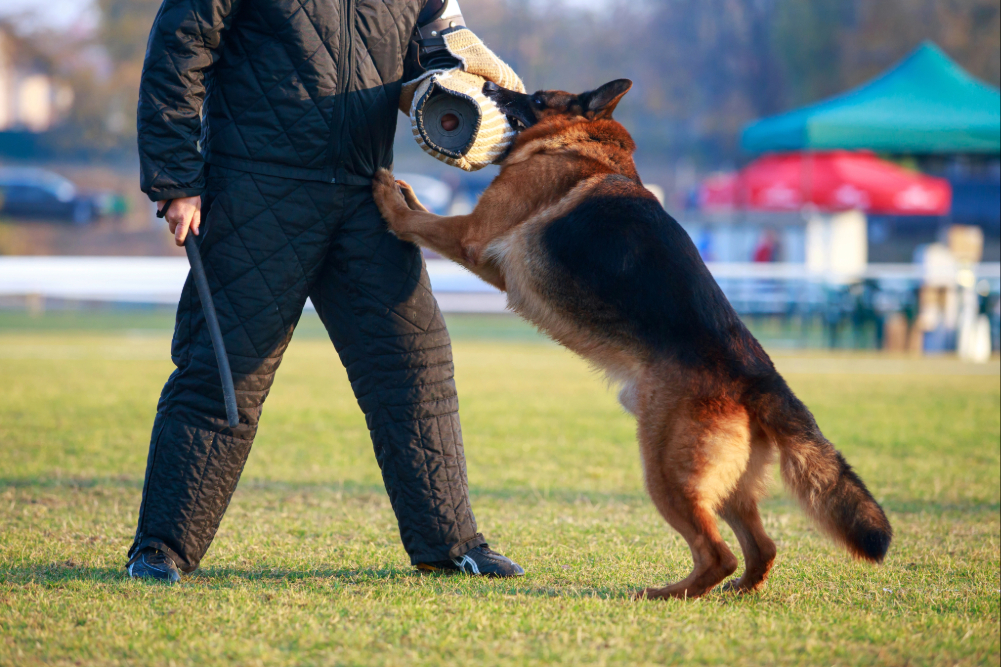
For many families, choosing a training path is the turning point between daily chaos and a calmer life with a dog they understand. Board and train is one of the most talked-about options. It is immersive, structured, and offers the promise of faster progress through professional hands-on training.
Others worry about the cost, the time apart, and how well the results stick back at home. The honest answer is that board and train can be a fantastic fit for some dogs and homes, while not being the right move for others.
What Board and Train Actually Is
Board and train is a program where a dog lives with a trainer for a set period, often two to four weeks for foundations and longer for behavior issues in dogs. During this time, the trainer shapes routines around learning, calm, and recovery. Dogs rehearse good habits many times a day and do not rehearse the problem habits that usually get practiced at home.
This structure explains why momentum often builds quickly. Instead of trying to learn during noisy breakfasts, doorbell frenzies, or unexpected sidewalk encounters, the dog works in a setting designed for clean repetitions and confident choices.
In strong programs, dogs live in real homes and practice in real neighborhoods, shops, and parks. The training unfolds on couches, in kitchens, along sidewalks, near children on scooters, around shopping carts, and across crosswalks.
Context matters. Skills practiced in quiet, empty rooms are one thing, but skills performed calmly in everyday places are what change life at home. The aim is fluency that withstands normal stress, not a list of commands that work only during lessons.
Why This Immersive Model Can Work So Well
Repetition is a major strength. Dogs learn best through many short, successful sessions. A day in board and train may include several leash sessions, two or three place exercises with light distractions, recalls in different environments, and household work during meal prep or evening wind-down.
Each of these moments builds specific habits and, more importantly, a lifestyle rhythm of arousal and recovery. The program also cuts down on mixed signals. In many homes, four people mean four sets of rules and four tones of voice. With a single dog trainer maintaining one standard and one set of cues, dogs get clear guidance. Clarity reduces conflict, and conflict often shows up as pulling, barking, and ignoring.
Living with a dog reveals patterns quickly. Trainers notice when reactivity spikes, what sounds set it off, when the dog is most focused, and which games help reset the brain. Because they see the dog all day, they can change the plan by the afternoon.
That type of rapid feedback loop is hard to match with once-a-week private lessons. The model also fits well for busy families, allowing daily routines to continue without the extra scheduling demands or the frustration that comes with slow progress at home.
What Goals Fit Board and Train
Board and train shines for foundation obedience that needs to hold up in real life. Loose leash walking without towing the human across the street, a solid place behavior that lets a dog rest during dinner or when guests arrive, a recall that brings a dog back even when the park is loud, and household manners that reduce chaos can all develop faster with daily practice.
It is also strong for behavior resets. Dogs that have rehearsed lunging at other dogs on sidewalks, barking at windows all afternoon, or exploding out of doors and cars benefit from a structured plan that removes the chance to practice the wrong thing and replaces it with calm, guided choices.
Confidence-building is another common goal. Dogs who are unsure in new environments can learn to follow calm direction and settle when life gets busy. For higher-level roles, such as service tasks or early protection foundations, the daily progression and tight control of difficulty make consistent progress possible.
In contrast, private lessons for dogs might be a better first move for a very sensitive dog who struggles to adapt to new places, or for families who want to learn each step hands-on and have the time to practice daily between visits. Some skills are simple and lend themselves to at-home coaching when owners can commit to steady work.
What a Day Can Look Like
An average day might start with a quiet release from the crate or place, a calm door routine, and a structured walk. The first ten minutes of that walk could be simple pattern games and focus work to warm up the brain. Back at home, a short place session might follow, with low-level household distractions layered in, such as putting dishes away, opening the fridge, or walking past with a toy.
After a rest period, a public outing might be on the plan. That could be a hardware store, a pet-friendly shop, a busy street corner, or a park where the trainer works neutrallys around dogs and people, clean positions, polite downs, and disengagement from triggers.
The afternoon might add a recall session in a fenced field with a long line and a few controlled distractions. Evening returns to house manners: calm around food, no dashing at doors, and settling while a movie plays. This blend of work and rest builds stamina for calm and habits that feel normal to the dog.
Common Myths That Deserve Clarity
Many people fear their dog will come back as a robot. A good program aims for a responsive, confident dog that can relax and follow guidance in normal life. Personality stays. Problem habits change. Another myth is that two weeks solve everything forever. Real gains happen quickly in immersion, but permanence comes from repetition and consistent handling at home.
A third myth is that board and train is only for dogs that need aggression training. Plenty of friendly dogs need better impulse control, calmer greetings, and steadier focus. Another misconception is that board and train is the same as daycare with a little training. True immersion is planned, precise, and balanced with recovery. It does not revolve around open play and random stimulation.
How to Evaluate a Program Before You Commit
Examine the living setup first. Ask where the dog sleeps, how much time is spent in a household environment, and how often outings occur. Programs that integrate real life tend to transfer better to home routines. Communication matters as well. Daily photos, videos, and honest updates keep owners involved and allow questions before pickup.
On approach, look for balanced, humane methods that reward good choices, use calm exposure to triggers, and apply fair guidance when needed. Every dog is different, so a plan should adapt to age, temperament, and specific goals rather than running a script.
Aftercare is the hinge. Ask exactly what happens after pickup. Is there a long go-home lesson with hands-on practice? Are there written and video guides? Are private follow-ups included, and for how long? Many setbacks are small and easy to fix with a quick follow-up.
Without that support, small problems can become big ones. Finally, ask about a case experience that matches your needs. If leash reactivity or fear is the focus, request examples of similar dogs and the strategies used.
What Progress Often Looks Like After a Program
On leash, many dogs return walking with a relaxed line, fewer zigzags, and more frequent voluntary check-ins. In the home, they settle on place more quickly and stay there while normal life goes on. Thresholds become calmer, with pauses instead of door-rushing.
Around triggers, dogs show less fixation and greater ability to disengage and follow cues. Recalls improve with faster turns and more reliable returns, even with distractions. Most importantly, the relationship changes. Dogs look to their handler sooner, recover from surprises faster, and accept guidance with less conflict.
Your Role Once the Dog Comes Home
The first two weeks at home set the foundation. Keep routines close to what the trainer used: structured walks, short practice sessions throughout the day, place during family activity, and freedom granted based on calm choices. Protect the new habits by avoiding chaotic dog parks, crowded events, and off-leash chaos early on.
Instead, build wins gradually and layer distractions thoughtfully. Focus on many short repetitions instead of marathon drills. Two minutes of clean practice often beats twenty minutes of battle. Use your follow-up lessons early. Questions asked at the first sign of friction keep small wrinkles small.
Board and Train Dog Training with Lifetime Support in Virginia
Board and train is worth it when your goals need immersion and your home will support the transfer. At Controlled K9, we specialize in board and train dog training programs in Virginia. Dogs live with trainers and join family routines, learning in real environments instead of sterile rooms.
House manners, leash walking, public neutrality, and calm confidence are not just taught in theory; they are rehearsed where they matter. Our team tackles difficult cases that others often avoid, including reactivity, aggression, fear, anxiety, and pushy leash behavior. Owners stay connected with daily photos, videos, and honest progress notes that show wins and explain setbacks.
Every plan is built from scratch. Age, temperament, history, and household goals shape the steps and the pace. The hallmark is long-term support. After the program, owners receive private lessons with no cap, so coaching continues as life changes. The focus is not on quick tricks but on durable habits that fit the way a family really lives. This blend of immersion, customization, and lifetime follow-through is designed to make gains stick.
Schedule a consultation today.




Comments